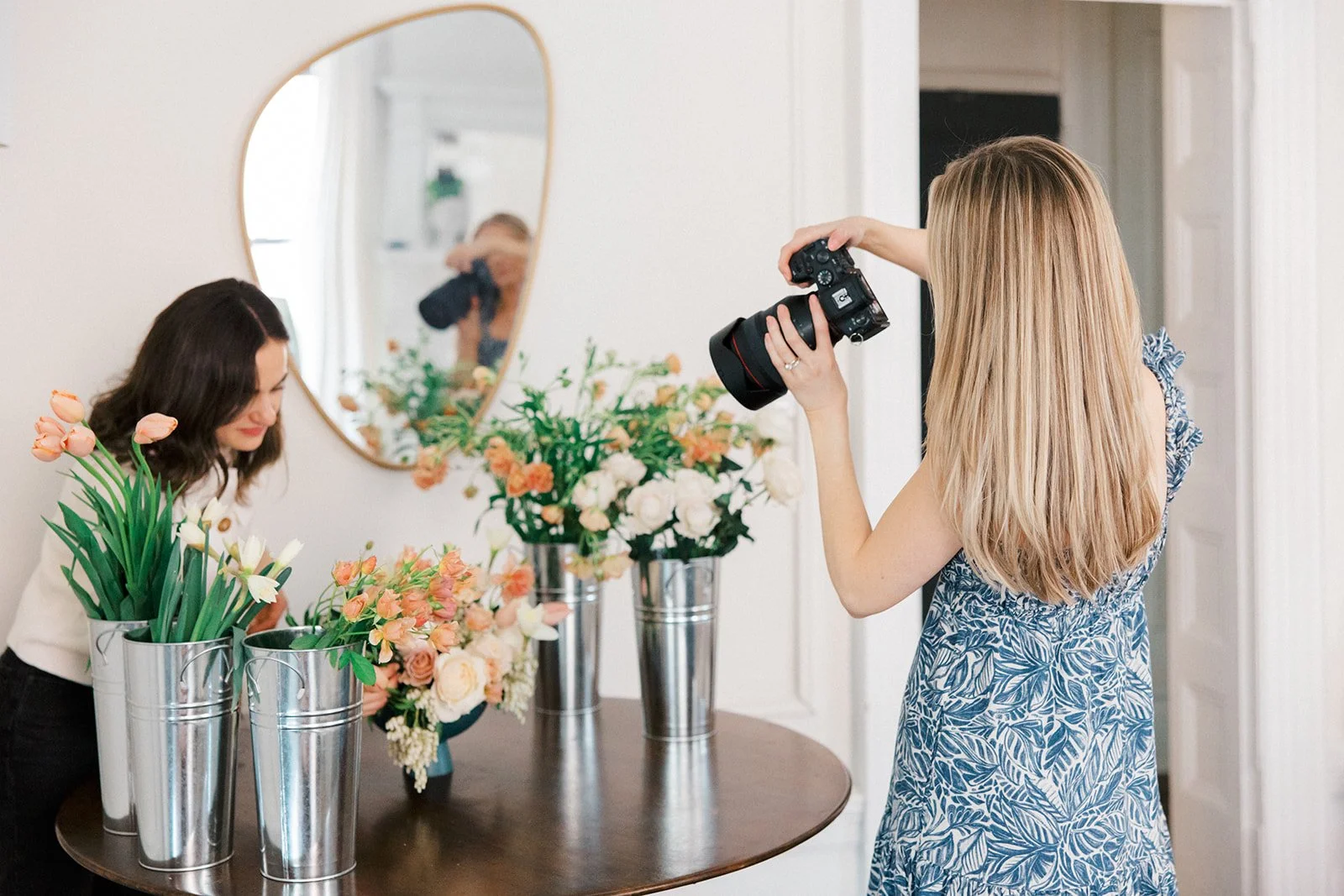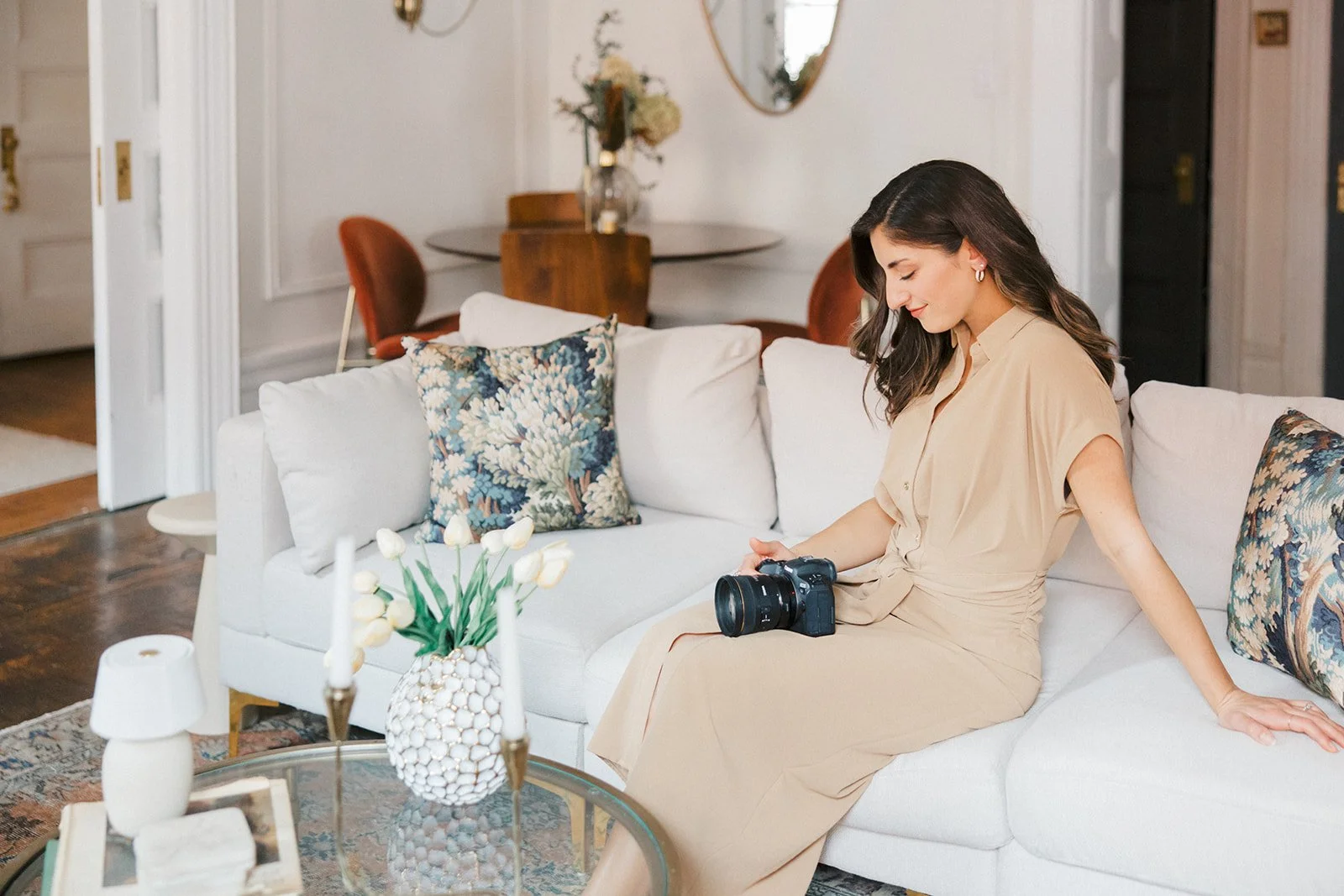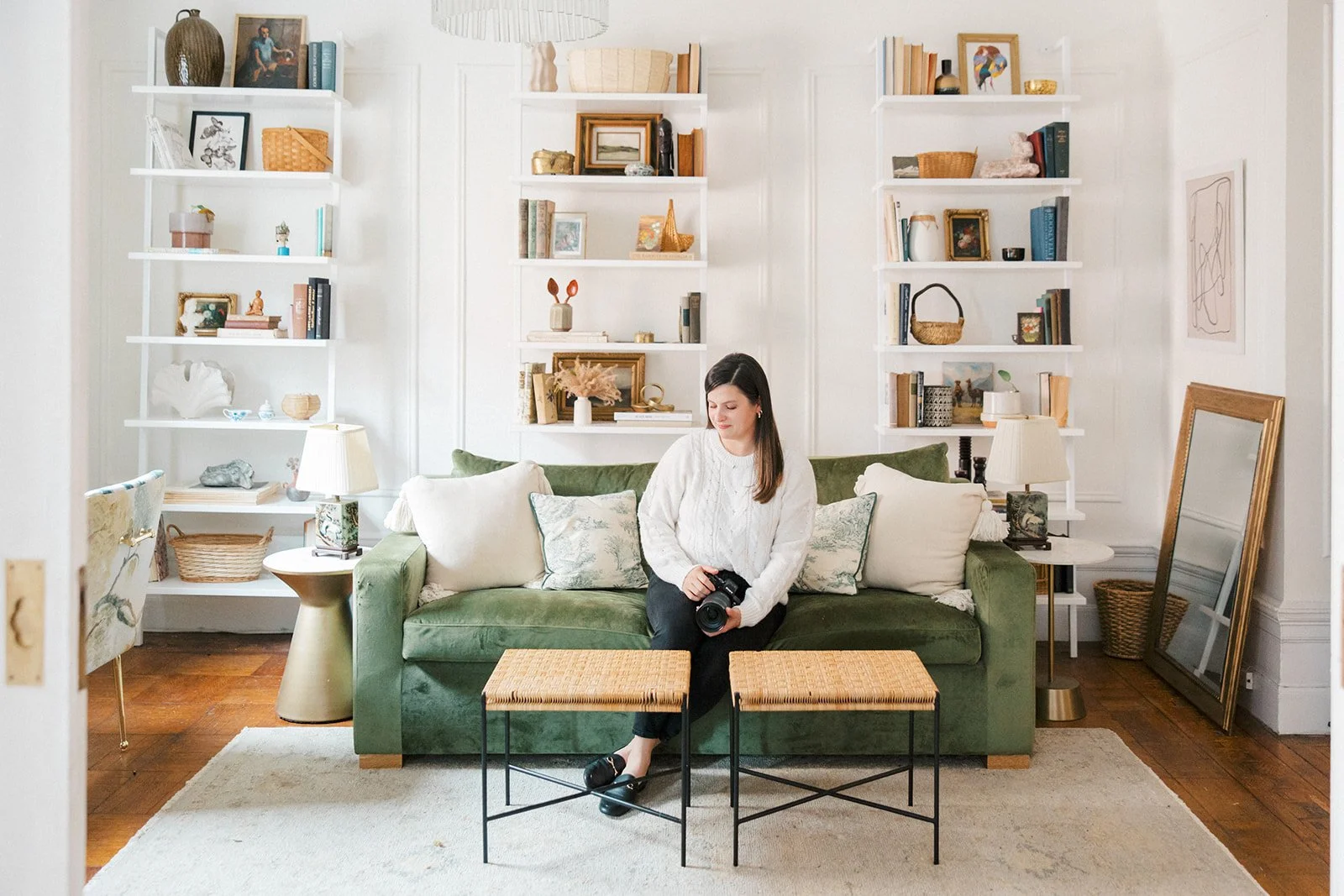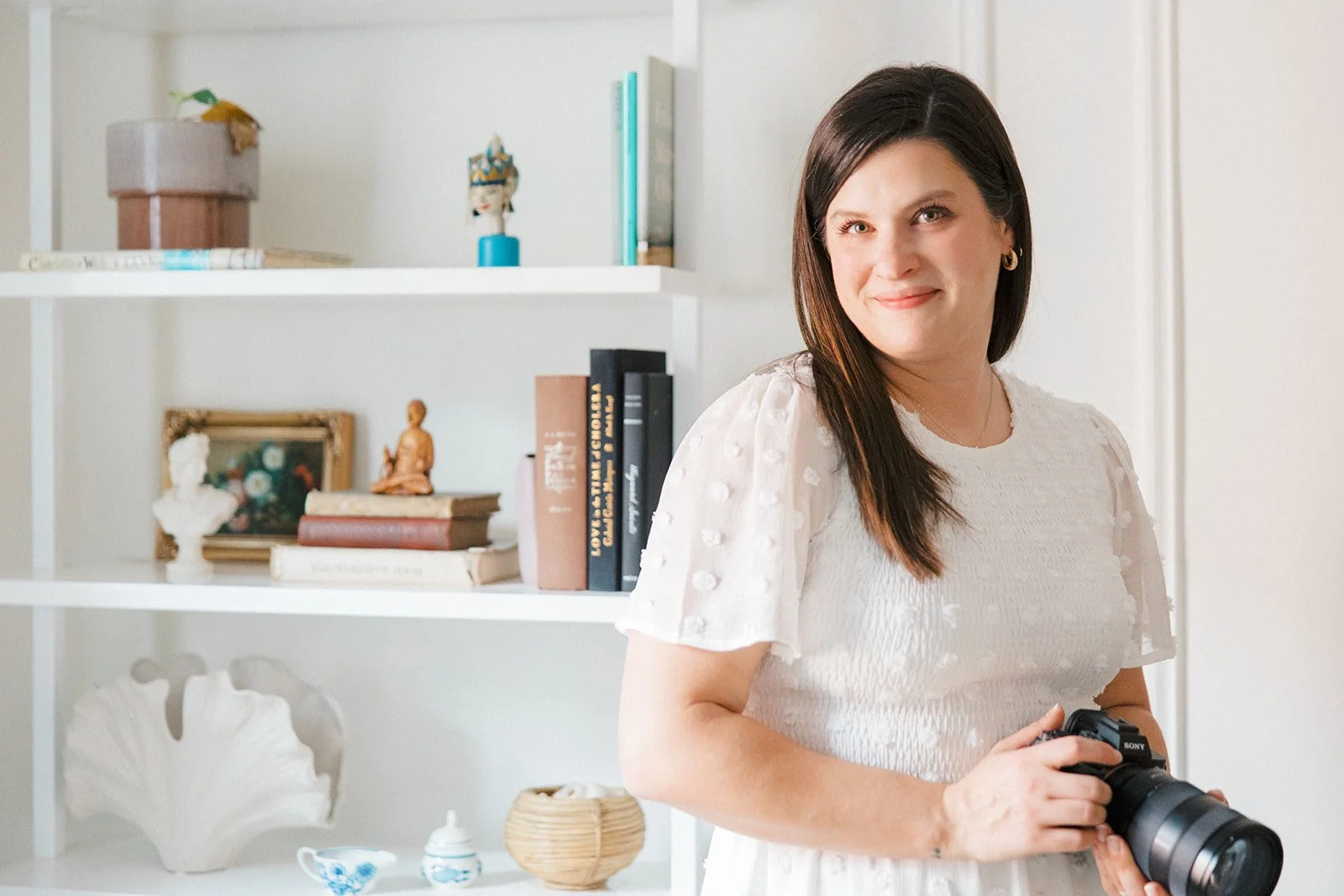Best Lens Recommendations For Portraits & What To Look For
Choosing the right lens for portraits is a crucial step in building a photography portfolio that showcases your unique style and vision. Imagine capturing a stunning image only to realize it’s out of focus or has distracting elements that keep it from achieving its full potential. The right lens can help you avoid these common pitfalls and create gorgeous images that will impress any viewer. In this article, we’ll help you figure out which lens is best for your portrait photography style. This will help you narrow down your choices, allowing you to get the most out of your next lens. Additionally, How To Create A Photography Portfolio?
Part of creating a portfolio that reflects your artistic goals is participating in photoshoots in various settings. Home Studio List can help you achieve this by connecting you with styled house rentals for photography needs. Their diverse interiors provide beautiful backdrops for portraits, helping you elevate your portfolio.
Prime Lenses vs Zoom Lenses
If you're diving into portrait photography and wondering whether to go for a prime lens or a zoom lens, you're not alone. This is one of those classic questions that photographers (from beginners to pros) all wrestle with at some point, and the answer depends on how you like to shoot.
Let’s break it down in simple terms.
Prime Lenses: Classic and Clean
A prime lens has a fixed focal length, say 50mm or 85mm, which means you can't zoom in or out. To frame your shot, you’ve got to move your feet. That might sound limiting, but here’s the trade-off. Prime lenses often give you better image quality, especially when it comes to sharpness and bokeh (that dreamy blurred background).
They also usually offer wider apertures, such as f/1.8 or f/1.4, which let in more light and create greater depth. This is particularly important for portraits, where you often want to isolate your subject and soften the background. That wide aperture also helps in low-light situations.
But the downside? You’re locked into one field of view, which can be inconvenient, especially if your subject is moving or if you’re trying to work in a tight space.
Zoom Lenses: Flexible and Fast-Paced
Now, zoom lenses cover a range of focal lengths, like a 24-70mm or 70-200mm. Instead of changing lenses or moving closer, you just twist the barrel and reframe. That flexibility is a huge win, especially if you're working in unpredictable environments, like events or fast-paced studio sessions.
Zoom vs Prime for Portraits
It used to be that zoom lenses couldn’t compete with primes in terms of image quality. But honestly, modern zoom lenses have come a long way. For many shooters today, especially in controlled settings like a studio where wide apertures are not heavily relied upon, a high-quality zoom lens is more than capable of delivering beautiful, crisp portraits.
Still, zooms usually can’t match primes on maximum aperture (you’ll typically see f/2.8 instead of f/1.4), which means slightly less background blur and performance in dim lighting.
A Quick Word on Gear Matching and Renting
Don’t forget, not all lenses are created equal for all cameras. If you’re using an APS-C or Micro Four-Thirds camera, your sensor is smaller, which affects your effective focal length. An 85mm lens on an APS-C body, for instance, behaves more like a 130mm lens, great for headshots, but maybe too tight for full-body portraits in small spaces.
That’s why it’s smart to rent before you buy if you can. Try out a few lenses, see what fits your style and your camera, and get a feel for how each focal length and aperture impacts your portraits.
Which to Choose?
If you're just getting started or building out your kit, you can't go wrong with either choice; it all comes down to your preferred working style. Prime lenses provide a polished, cinematic look. Zooms give you flexibility and speed. And if you shoot a lot of portraits? There's a good chance you'll want one of each.
Related Reading
What to Look for in a Lens for Portraits
A good portrait lens must deliver sharp details, particularly when capturing close-ups. Rendering true-to-life colors enhances your model’s skin tone and adds vibrancy to your photos. These nuances can and should be refined in post-processing with editing tools, but working with high-quality originals allows you to achieve perfect results faster and more easily.
Aperture: The Key to Depth and Dimension
A wide aperture (low f-number like f/1.8 or f/2.8) is utilized for a shallow depth of field. It creates a bokeh effect, making your subject stand out. The background is dreamily blurred to add depth and drama.
Additionally, a wide aperture allows photographers to work smoothly in insufficient lighting conditions. Pictures turn out sharp and clear without heavily relying on artificial lighting.
Build Quality and Compatibility: Optics for All Conditions
Professional photographers working in dynamic environments should pay close attention to the durability of their equipment. Ensure your portrait lens can withstand outdoor shooting and traveling conditions. Compatibility with your camera system maximizes performance and prevents issues like vignetting and loss of focus accuracy.
Price and Performance: Finding Your Best Fit
If you are a hobbyist or have a limited budget, opt for versatile options that offer good sharpness and natural perspectives. Suppose you are an experienced professional seeking to make informed financial investments for optimal results.
Look for quality cameras with a robust build, high color accuracy, optical capability, and optimal performance in challenging shooting environments. Keep in mind that if you have an expensive camera, compatible lenses for portrait photography will also be costly.
Autofocus and Manual Control: Capture the Perfect Moment
A reliable autofocus system is critical for working with moving subjects or shooting at wide apertures. It allows photographers to capture sharp and crisp pictures quickly without compromising quality.
Lenses with smooth manual focus rings provide greater control for fine adjustments. Professional photographers often prioritize a hands-on approach for greater precision.
Styled Spaces, Seamless Shoots
Home Studio List connects photographers and brands with beautifully styled homes and photography studios available for hourly rentals across 40+ states, eliminating the need to haul props or hunt for perfect natural lighting. Our curated spaces are styled and shoot-ready, with on-site hosts to ensure a smooth experience from booking to production day.
With streamlined booking managed by our Reservation Managers, creatives can focus on their craft while we handle all the logistics, simply browse, book, and show up to shoot.
Browse our spaces for your next shoot today!
Best Lens Recommendations for Portraits
Indoor Portraits
Tight space? You need a wider lens. When you're shooting indoors, say in a small room, home studio, or cozy café, you’re probably not going to have much space to move back. That’s where wider lenses shine.
35mm f/1.8 or f/1.4
This is your go-to for environmental portraits. It captures your subject and a bit of the background, helping set the scene. Great for lifestyle shoots or when you want to show more context.
50mm f/1.8 or f/1.4
A classic portrait length with a bit more compression than 35mm. If you’ve got some room to move around, this lens gives you that natural perspective that flatters the face without exaggerating features.
Pro tip: Indoors usually means lower light. A wide aperture, such as f/1.8 or lower, allows more light to enter, keeping your ISO setting low and resulting in clean and sharp shots without unwanted grain.
Outdoor Portraits
More room = more reach + more bokeh. Outside, you’re not as limited by walls or furniture, so you can step back and use longer focal lengths. That opens up the door to some truly magical portrait options.
50mm f/1.4 or f/1.8
Still a winner outdoors, sharp, lightweight, and versatile. It’s a “safe” lens that flatters almost anyone and works in nearly every outdoor lighting scenario.
85mm f/1.8 or f/1.4
If you ask most portrait photographers to name their favourite lens, this one’s at the top of the list. It’s ultra-flattering, compresses features beautifully, and melts the background into buttery softness.
135mm f/2 or 200mm f/2
Now we’re in pro territory. These longer lenses provide excellent subject isolation, making the background appear like a painting. Perfect for dreamy, high-impact portraits, but they require more space and are often heavier (and pricier).
Pro tip: The longer the lens, the more background blur (a.k.a. bokeh) and the better the compression. That means your subject pops, and the background melts away.
What About Zoom Lenses?
Flexibility without swapping lenses. Zoom lenses are incredibly convenient, especially if you’re moving between locations or shooting different types of portraits in one session.
24-70mm f/2.8
A total workhorse. You can go wide at 24mm for environmental portraits or zoom in to 70mm for classic headshots. It’s not the lightest or cheapest lens, but it does it all in one.
70-200mm f/2.8
Portrait powerhouse. If you’re looking for that professional look, creamy background, tack-sharp subject, beautiful compression, this is the one. It’s big, it’s heavy, but it’s beloved for a reason.
Pro tip: If you're not ready to invest just yet, consider renting these lenses for a shoot. It’s a great way to determine what suits your style (and your camera body) before making a significant purchase.
Related Reading
What is the Best Lens for Portraits?
Truthfully, it comes down to how you like to shoot. Some photographers value precision and a blurred background; others prefer flexibility and speed. What matters is understanding what your lens allows you to do, how it frames your subject, how it handles light, and how it helps you tell a story.
The best lens isn't just about specs; it's about how well it supports your creative vision. Once you know what you're trying to capture, the right lens becomes obvious, not because someone told you it's the best, but because it feels right in your hands and shows up in your work.
Related Reading
Browse Our Spaces for Your Next Shoot Today
The Home Studio List website connects photographers and brands with curated, beautifully styled homes and photography studios available for hourly rentals across 40+ states. The spaces listed on the Home Studio List eliminate the need to haul props or hunt for perfect natural lighting.
Each rental is styled and shoot-ready, with on-site hosts to ensure a smooth experience from booking to production day. With streamlined booking managed by our Reservation Managers, creatives can focus on their craft while we handle all the logistics, simply browse, book, and show up to shoot.
Browse our spaces for your next shoot today!



